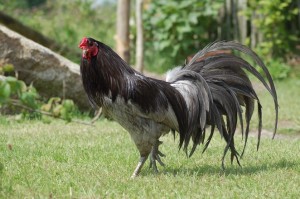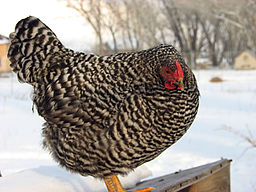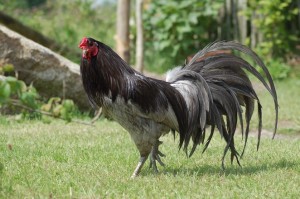A little over a month ago we were contacted by one of our Twitter followers (you can follow us @myurbanchicken) after her chickens were attacked by an unknown predator.
So we decide to write a post and try and crowd source the most likely culprit and try and solve this murder mystery for her.
If you missed the original “what killed my chickens” here is a quick recap.
The Facts of the Case
This is what we know about the incident and the unsub – UNknown SUBject (yes I watch too much CSI!):
- The location of the crime is British Columbia, Canada.
- The unsub squeezed in through a gap in the barn door and dug a 7 inch wide hole in the dirt floor.
- The birds had no obvious wounds.
- They all had ruffled feathers with signs of a struggle.
- They all appear to have died from a broken neck.
- The unsub killed 10 birds and pulled/dragged all of them out of the coop. (note the birds were found more spread out than shown in the forensic photos which you can view in the original post).
- Only one bird was partially eaten as shown in the photos and the others were untouched.
- Some scat (animal droppings) was found near the scene of the crime – a photo of the scat is included in the original post.
After writing our post we put out a call for help from our readers and got an amazing response with over 3300 readers, over 50 comments on various forums, from a diverse range of people including zoologists, farmers, and backyard chicken keepers from all over the world.
So what did we find out I hear you ask? Well here is a summary of the “Great British Columbia Chicken Murder Mystery” investigation.
Feedback from our readers narrowed down the potential predators to the following likely culprits.
38% of you thought it was a Fox.
19% Coyote
12% Mink.
12% domestic dog.
4% weasel.
4% skunk.
4% raccoon.
And rounding out the list is a velociraptor (thanks Hawkeyes7977 from reddit).
Let’s look at the top suggestions in more detail.
Coyote
Coyote are one of many predators found in most parts of the British Columbia area and are certainly a well know predator of backyard chickens.
The scat shown in the photos is consistent with Coyote scat although there does not appear to be any bone fragments in the scat which could be expected for a larger predator like a coyote. The presence of the fur in the scat is consistent with what we would expect from a typical diet for a Coyote.
They are known to cache their food, kill numerous birds at a time and the dead chickens may have evidence of biting on the back of the neck and broken necks are a common cause of death.
They will dig under fences and chew through chicken wire to get into chicken coops.
The only piece of evidence that is not consistent with a coyote is the size of the hole that the unsub tunneled into the coop. At around 7 inches in diameter it is probably unlikely that a fully grown coyote standing around 2 feet tall and weighing 45 lbs could have squeezed through this opening.
Based on this single inconsistency I think we can deliver a not guilty verdict for the coyote.
Fox
The most common suggestion was a fox and I must admit this was also my initial suspect in the case.
The red fox is a common predator in the British Columbia area and is a well known threat to chicken keepers.
Like the Coyote the scat will vary based on diet but in general it looks like Coyote scat only smaller and is usually absent of large bone fragments as the fox does not have the size and power to easily chew through larger bones.
When they attack they will kill several birds and will usually drag them off to a cache to collect at a later time.
Weighing in around 15 lbs and standing about 12 inches tall (often smaller) a fox could easily have squeezed through the 7 inch hole and they are well know for digging into chicken coops.
Foxes usually attack the neck area of the chickens and survivors will often be found with clumps of feathers missing from their necks and they also commonly bite the heads off the birds.
They are a very skittish animal and will flee if disturbed which might explain the partially eaten bird in this case.
Based on the evidence a fox would appear to be a primary predator of interest in this case.
Mink
A local farmer informed @alpineblossom that around 300 minks were released from a farm by activists 3 years ago in the area so we know that mink is a possible predator for this location.
With long skinny bodies mink are able to easily slip through small holes to gain access to the chicken coop and generally kill chickens by biting repeatedly on the head and neck area.
They often kill multiple birds (probably with the intention of returning later for more food) and this is know as “surplus killing” which has also contributed to its reputation as a senseless killer (although it is just an evolutionary trait to enable survival between kills).
“They’re vicious little ##$%^rs who’ll kill everything” kernowgringo via reddit
They will also cache their food if they have surplus and their scat looks remarkably similar to that of a fox only smaller.
Whilst they can dig they are not well known for digging into coops and prefer to climb into poorly enclosed coops.
Based on the evidence a mink would also appear to be a primary predator of interest in this case although there is some reasonable doubt regarding the largish hole that was dug by such a small animal.
Velociraptor
Okay, I have to admit that at first I snickered when Hawkeyes7977 suggested this as the potential predator until I looked into some facts about Velociraptors.
Now I am not a velociraptor expert so I consulted my dinosaur loving 5 year old son to see what he thought of the likelihood that a velociraptor killed the chickens.
After getting a big eye roll which was basically code for “you idiot what a dumb question” he gave me the following insights into this rarely seen creature.
Velociraptors were a feathered carnivore that had an awesome large hooked claw on each foot for ripping open its prey. They were quite small standing only 6 inches tall at the hip so conceivably could have squeezed through the small hole into the coop.
According to my 5 year old son the only protection against a velociraptor attack is a Jedi knight light saber so none of the high tech predator deterrents we suggested will work – who knew!
So based in those facts a velociraptor is the obvious candidate for our unsub with only one small problem in that the velociraptor is believed to have been extinct for over 71 million years having lived in the Cretaceous period with the dinosaurs.
Then again maybe @alpineblossom has been a victim of the lochness monster or big foot equivalent of British Columbia!
So based on the great feedback and help from the Backyard Chicken Zone community we cannot really be sure who was responsible for this attack without any reasonable doubt but the most likely candidates are a fox or a mink.
With insufficient evidence to convict either the fox or the mink this case will go into the cold case file for now.
But a big thank you to all of our fantastic readers for their contributions (except for you Hawkeyes7977 with your velociraptor suggestion – jeez there is always one in every crowd isn’t there). Whilst it was devastating for @alpineblossom I know she appreciated the support and input from everyone.
Having experienced the highs and lows of this investigation together I thought we would end the post on a more positive note with a photo of @alpineblossom’s new chicks who will be the next generation of chickens in her flock.
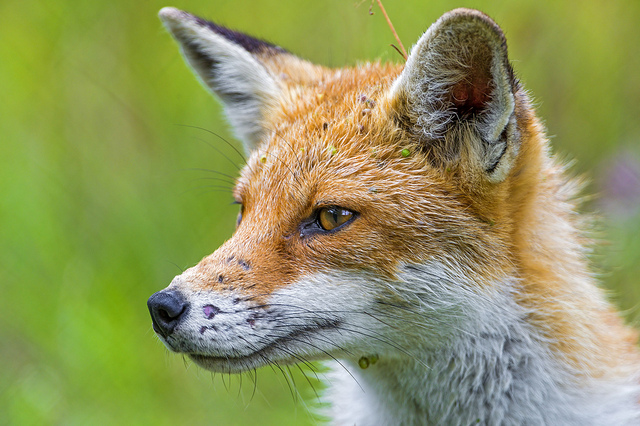

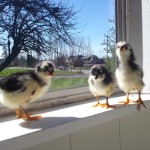
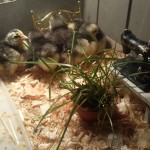
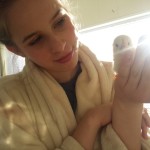
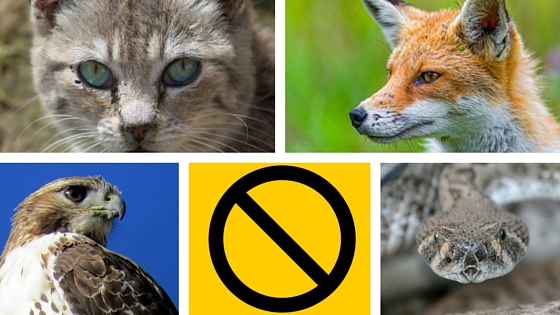





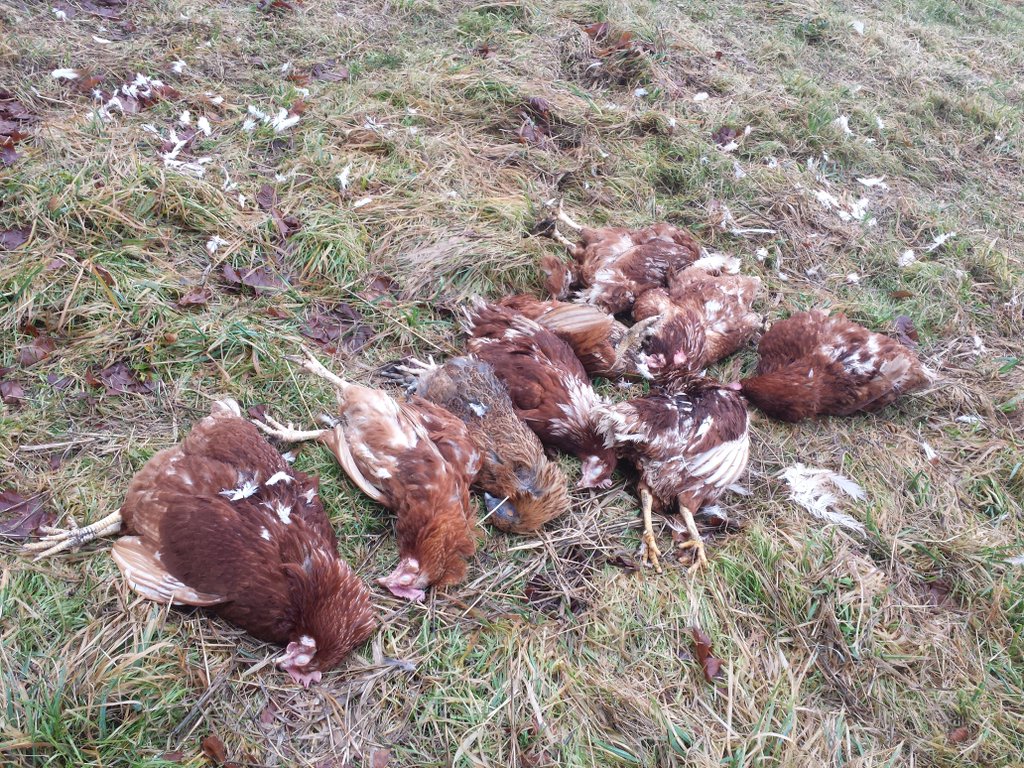
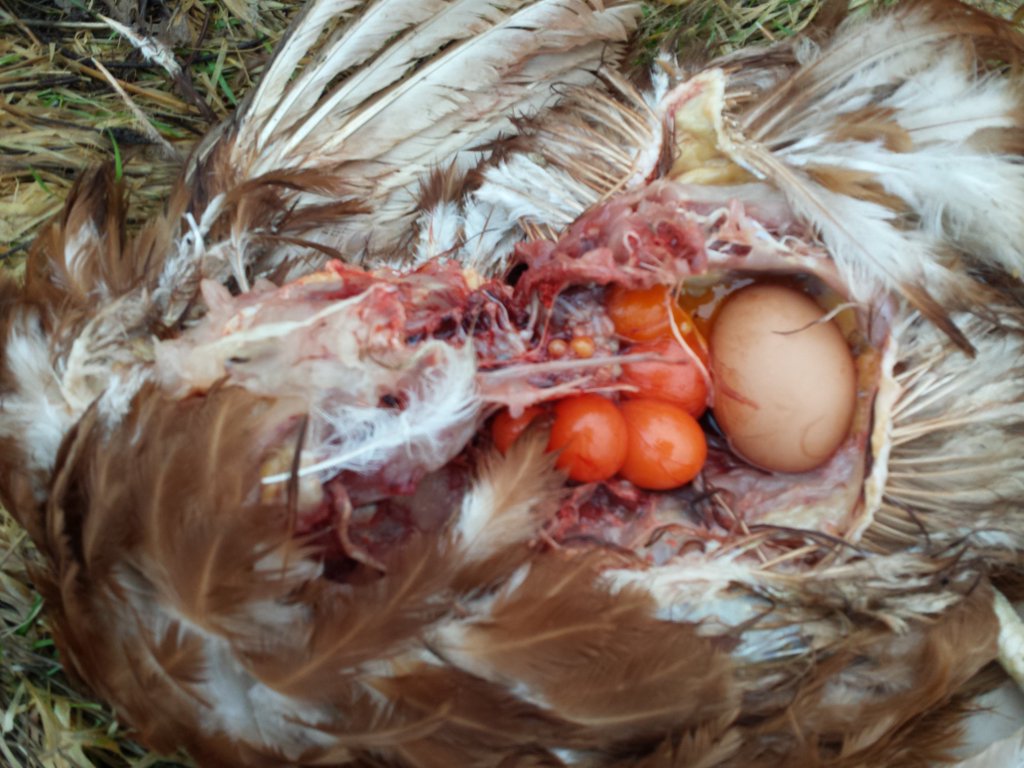
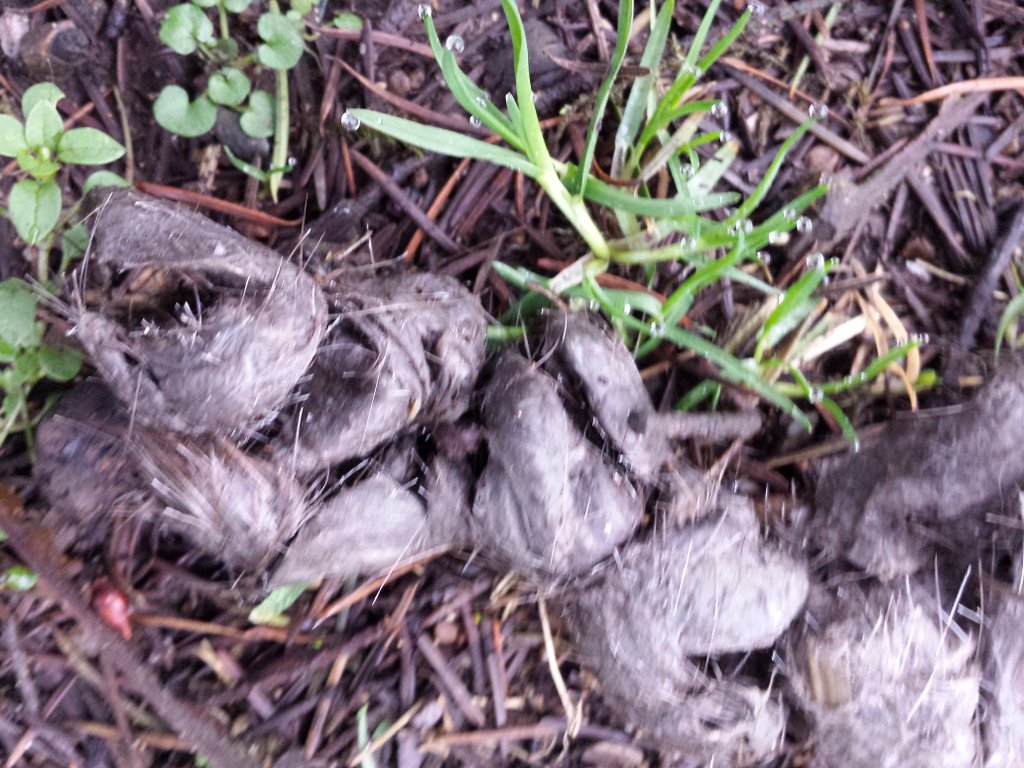
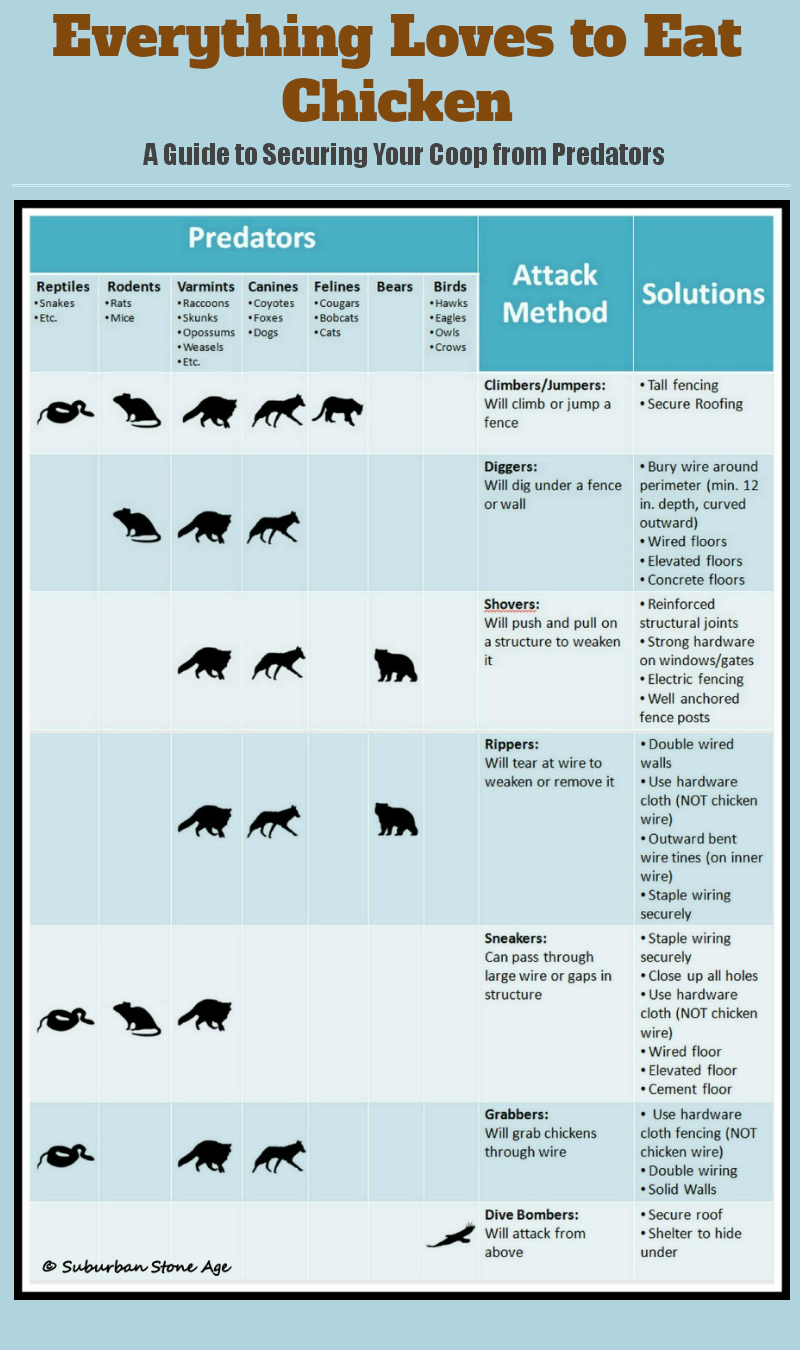


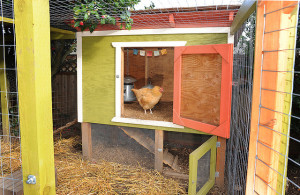 fection were traced to an unidentified mail-order hatchery.
fection were traced to an unidentified mail-order hatchery.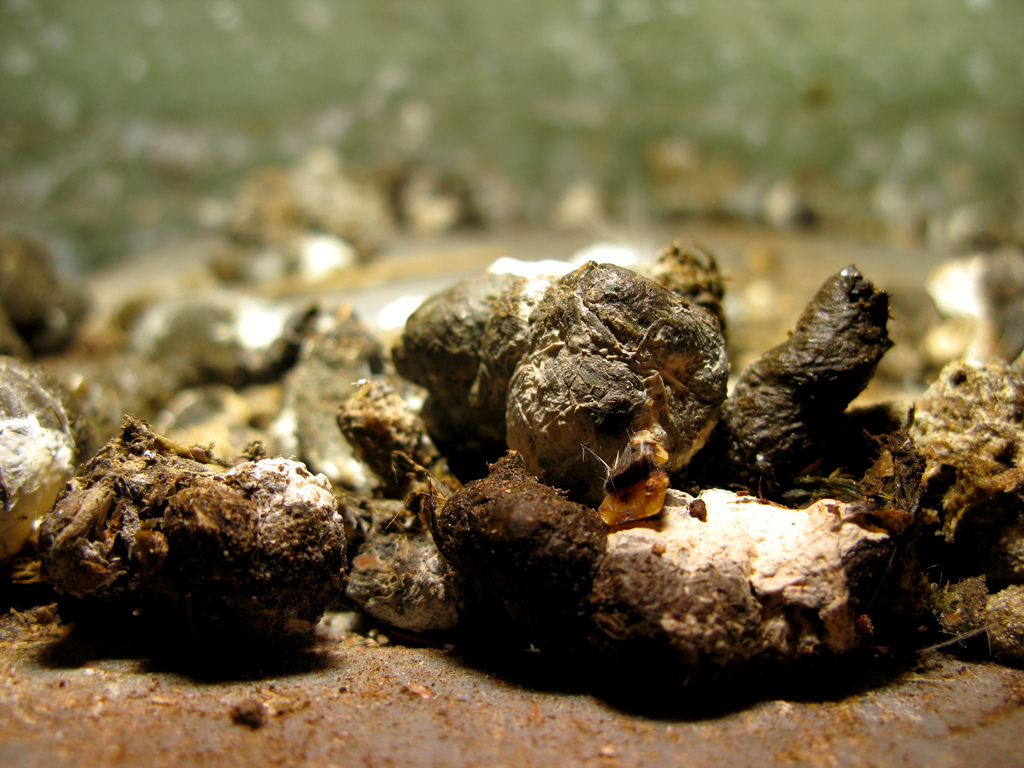
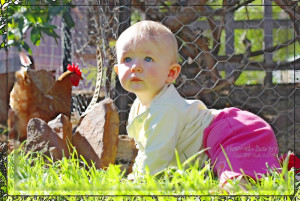 ently published (6 November 2015) in
ently published (6 November 2015) in 




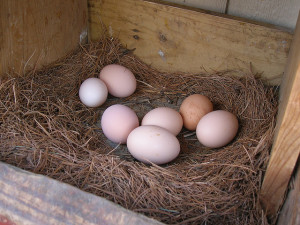 Not surprisingly the number one reason for keeping backyard chickens was food for home use including eggs and meat. 95.2 percent of respondents in the study indicated that they raised backyard chickens to produce their own food with only 3 percent in urban areas using the chicken products for income. Although I expect there are lots if eggs going to the neighbours of backyard chicken owners.
Not surprisingly the number one reason for keeping backyard chickens was food for home use including eggs and meat. 95.2 percent of respondents in the study indicated that they raised backyard chickens to produce their own food with only 3 percent in urban areas using the chicken products for income. Although I expect there are lots if eggs going to the neighbours of backyard chicken owners.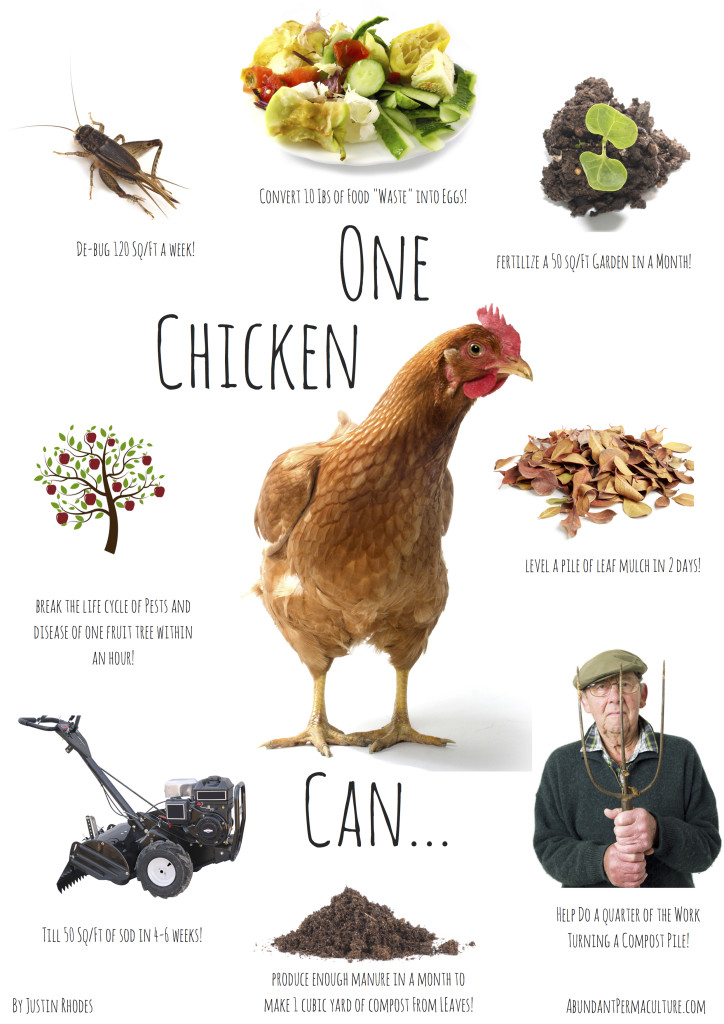
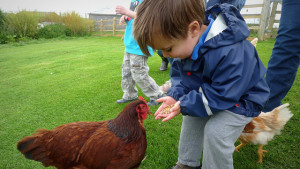 Coming in a close third with 57.4 percent of participants in the study indicating that they kept chickens as pets. Anyone who has ever owned chickens know that they can be great pets with loads of personality.
Coming in a close third with 57.4 percent of participants in the study indicating that they kept chickens as pets. Anyone who has ever owned chickens know that they can be great pets with loads of personality.
